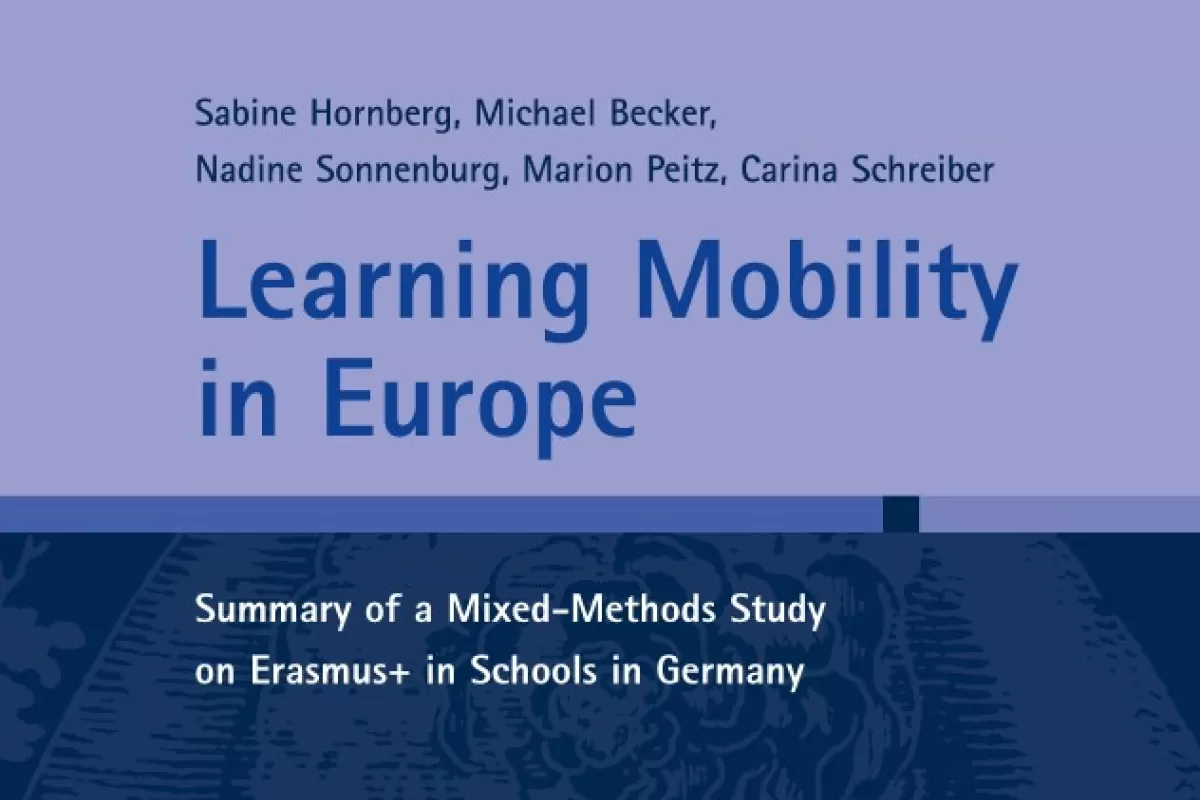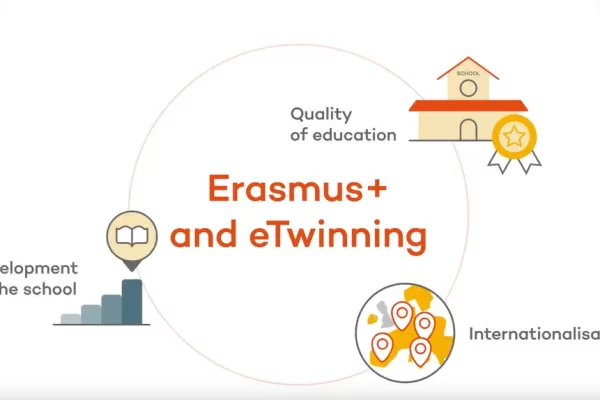Resume
The ErasmuS+ study applies a mixed-methods research design and is structured such that it moves from the general to the specific. Sub-Study 1 focuses on the macro-level and is based on secondary data analyses, providing an overview of the institutions involved in Erasmus+ in the general school sector and the activities they plan. Sub-Study 2 focuses on the meso- or organisational level: based on semi-structured interviews with experts, this sub-study examines the implementation and impact of Erasmus+ projects at the organisational level (e. g. individual schools) in more detail. Sub-Study 3 adopts a research approach combining the experience sampling method with a pre- and post-test design to gain deeper micro-level insights into the experiences and experiential processes of students during Erasmus+ learning mobility. Data were collected on 2,311 projects in 1,702 participating institutions; sub-study 3: 483 students and 74 accompanying teachers from 23 schools were surveyed as part of 46 different learning mobility stays.
Conclusions
- At the student level it is clear that, first, Erasmus+ succeeds in involving adolescents who otherwise rarely participate in stays abroad, and second, that students with less favourable learning profiles benefit from learning mobility abroad too. These findings indicate that it would be worth-while to specifically encourage these students to participate in Erasmus+.
- With regard to teachers, our results show that participation in learning mobility abroad can contribute to their professional development and thus represent a worthwhile form of continuing education – especially in view of increasing internationalisation and the opportunity to learn from other school systems and their pedagogic practices.
- At the level of individual schools, participation in Erasmus+ can stimulate school development processes. It is therefore advisable for schools not to view the implementation of Erasmus+ in isolation but as part of an overall school development process.
Recommendations
- In view of the goals the EU has tied to Erasmus+, increases in participation would be desirable. Further to some of the findings reported here, it must be borne in mind that this will hardly be possible in the context of the current programme. Most of the projects are focused on short-term mobility; more expensive, long-term mobility projects are the exception rather than the rule, and there is little scope to expand the range of targeted persons and institutions, for instance, by allowing for even shorter stays abroad. Accordingly, if the goal is to ensure that considerably more schools benefit from participating in Erasmus+ in the general school sector than is presently the case, more expansive funding of the programme would be required.




